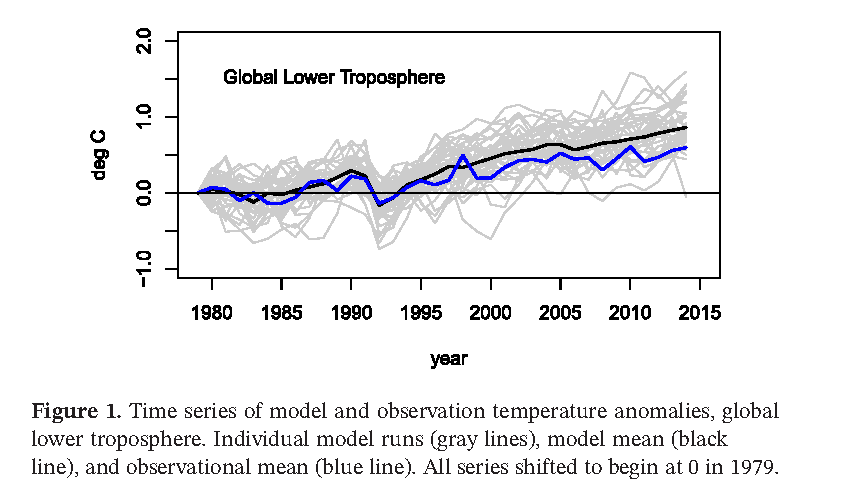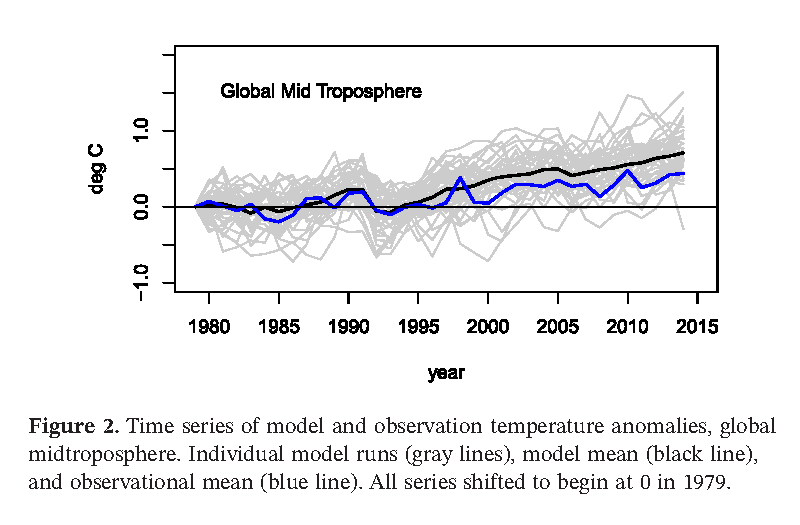Doomsday predictions rely on flawed climate models
“The prevailing wisdom that underpins the sense of climate urgency in today’s policy debates—10 years to save the world!—stems from three sets of speculative models developed over the last 30 years by scientists working under the umbrella of the IPCC. But empirical evidence taken from the real world suggests that the IPCC’s estimates of future warming are overstated, and what scientists have seen from looking at actual measurements of increased GHGs in the environment, and the recent rise in global average temperatures makes it clear that these “10 years to save the planet” invocations are based more on science fiction models and less on scientifically determined facts.
Overreliance on these flawed models results in policy recommendations and decisions that miss more effective and actionable solutions, particularly those related to adapting to a changing climate whether that change is natural or manmade. Examples of such actions might include strengthening coastal protections against rising tide levels, strengthening the capabilities and protection of water distribution systems to account for potential drought or flood-prone periods, improving flood control systems and snow-management capabilities in Canada’s cities, improving forest management techniques to adapt to potential changes in fire seasons or pest distributions, strengthening power systems needed to deliver sufficient affordable energy for heating and cooling of homes and businesses in the event of climate fluctuations, and more.”


Originally published here at the Fraser Institute on 15 February 2022.
